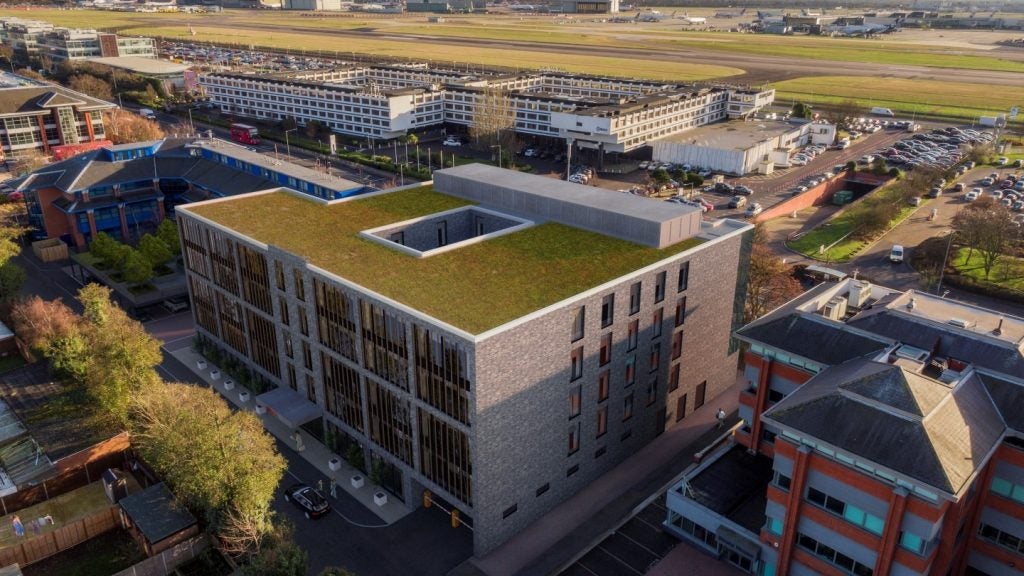
Canada’s hotel industry reported its highest average daily rate (ADR) and revenue per available room (RevPAR) on record, according to CoStar’s June 2023 data.
Marking a percentage change from June 2022, hotel occupancy was 74.4% at an increase of 3.6%.
Average daily rate (ADR) was CAD221.86, a rise of 12% as it exceeded CAD200 for the first time. Additionally, revenue per available room (RevPAR) was CAD164.97, an increase of 16.1%.
In addition to the monthly ADR and RevPAR levels, Canada’s occupancy level was its highest since August 2022.
In March 2023, the country reached its highest occupancy rate in five months, showing steady growth for its national hotel industry.
Among the provinces and territories, Newfoundland and Labrador recorded the highest June occupancy level (86.7%), which was 9.0% above 2022.
How well do you really know your competitors?
Access the most comprehensive Company Profiles on the market, powered by GlobalData. Save hours of research. Gain competitive edge.

Thank you!
Your download email will arrive shortly
Not ready to buy yet? Download a free sample
We are confident about the unique quality of our Company Profiles. However, we want you to make the most beneficial decision for your business, so we offer a free sample that you can download by submitting the below form
By GlobalDataAmong the major markets, Vancouver saw the highest occupancy (89.2%), which was 6.8% ahead of June 2022.
The lowest occupancy among provinces was reported in Saskatchewan (62.9%), down 0.3% against 2022. At the market level, the lowest occupancy was reported in Edmonton (+8.1% to 58.0%).
Director of hospitality analytics for Canada Laura Baxter comments: “More Canadians are traveling overseas, placing further importance on international inbound travel to Canada. As of June, leading indicators from Statistics Canada suggest that international inbound continues to lag domestic outbound, presenting a considerable need for hoteliers to attract more international guests.”
GlobalData’s report Travel & Tourism in Canada finds that the country’s top five leading source markets are the US, the UK, France, Mexico and Germany.
What has benefitted Canada’s hotel industry?
CoStar’s analysis attributes this growth to elevated spending on discretionary services.
Baxter adds that “Demand for limited-service hotels continues to trend ahead of 2019 levels, while full service remains below. Against the backdrop of less disposable income, this suggests that some trading down is taking place.
“The faster recovery of limited-service demand, however, was already in motion during the pandemic, and several of these hotels are being used to various degrees to house asylum seekers, so it’s difficult to isolate the trend fully.
“Group demand was up year over year but remained considerably below pre-pandemic levels, representing the most significant lag in demand. The shortfall was made up for in rate, as group ADR reached a new high.”






